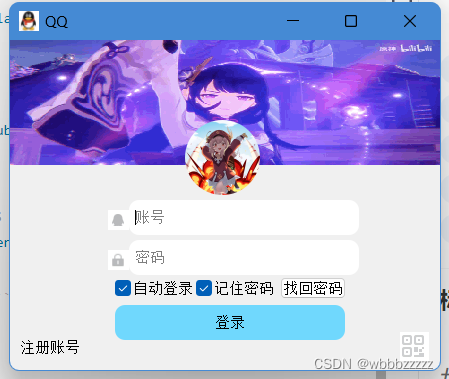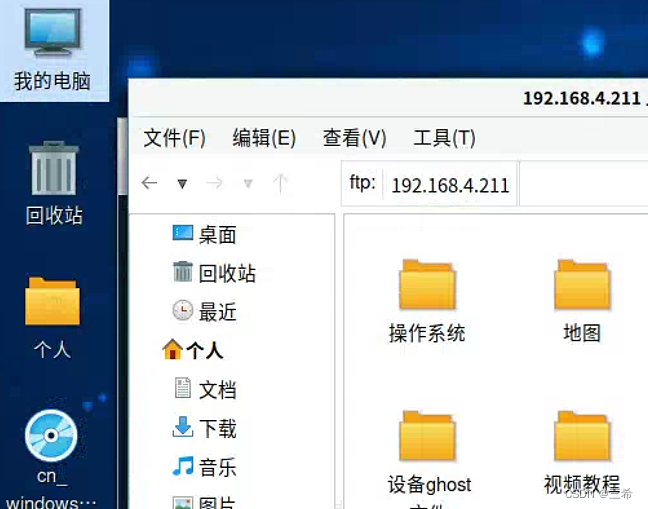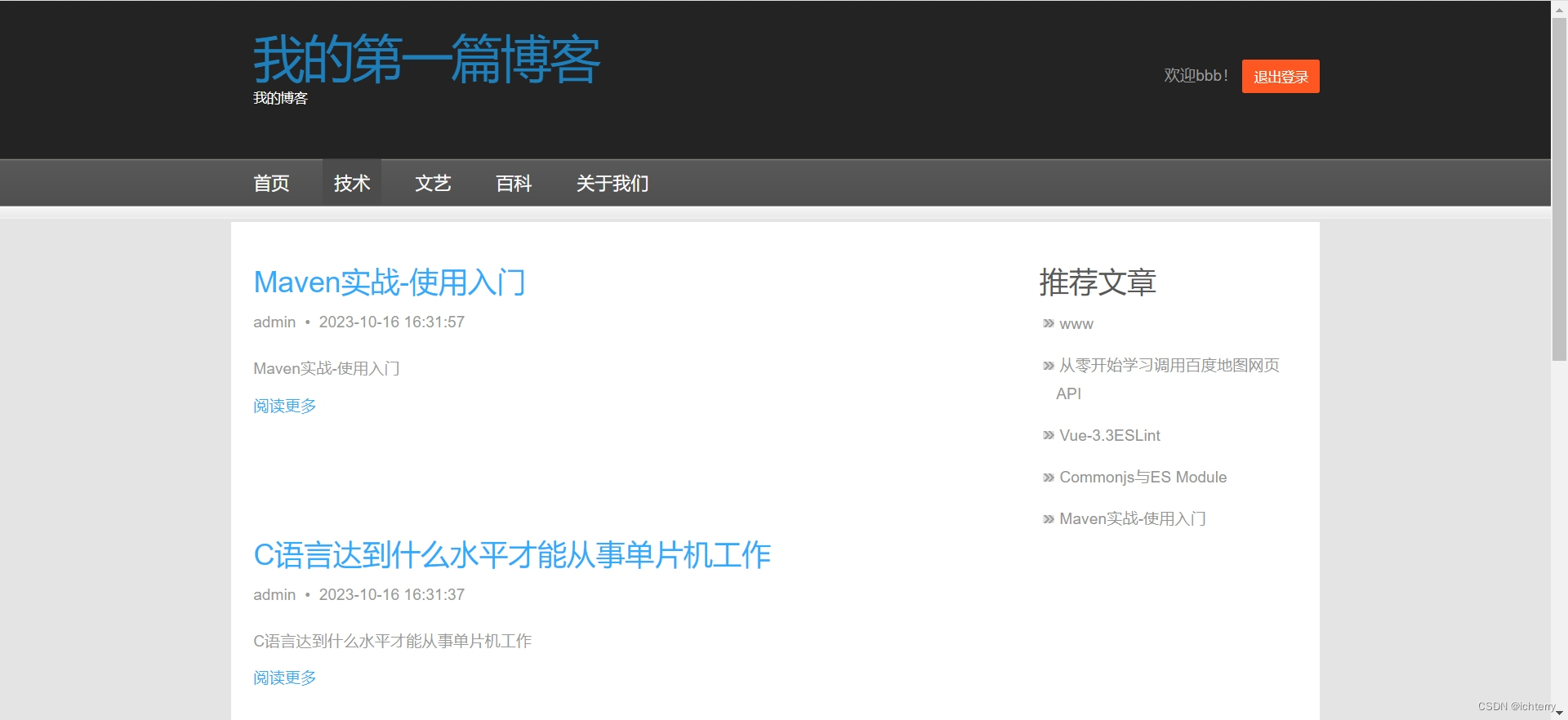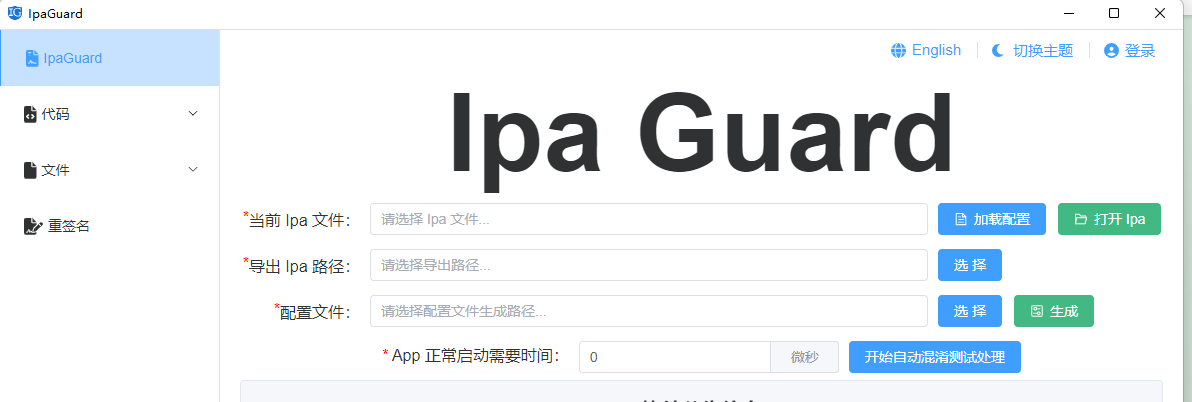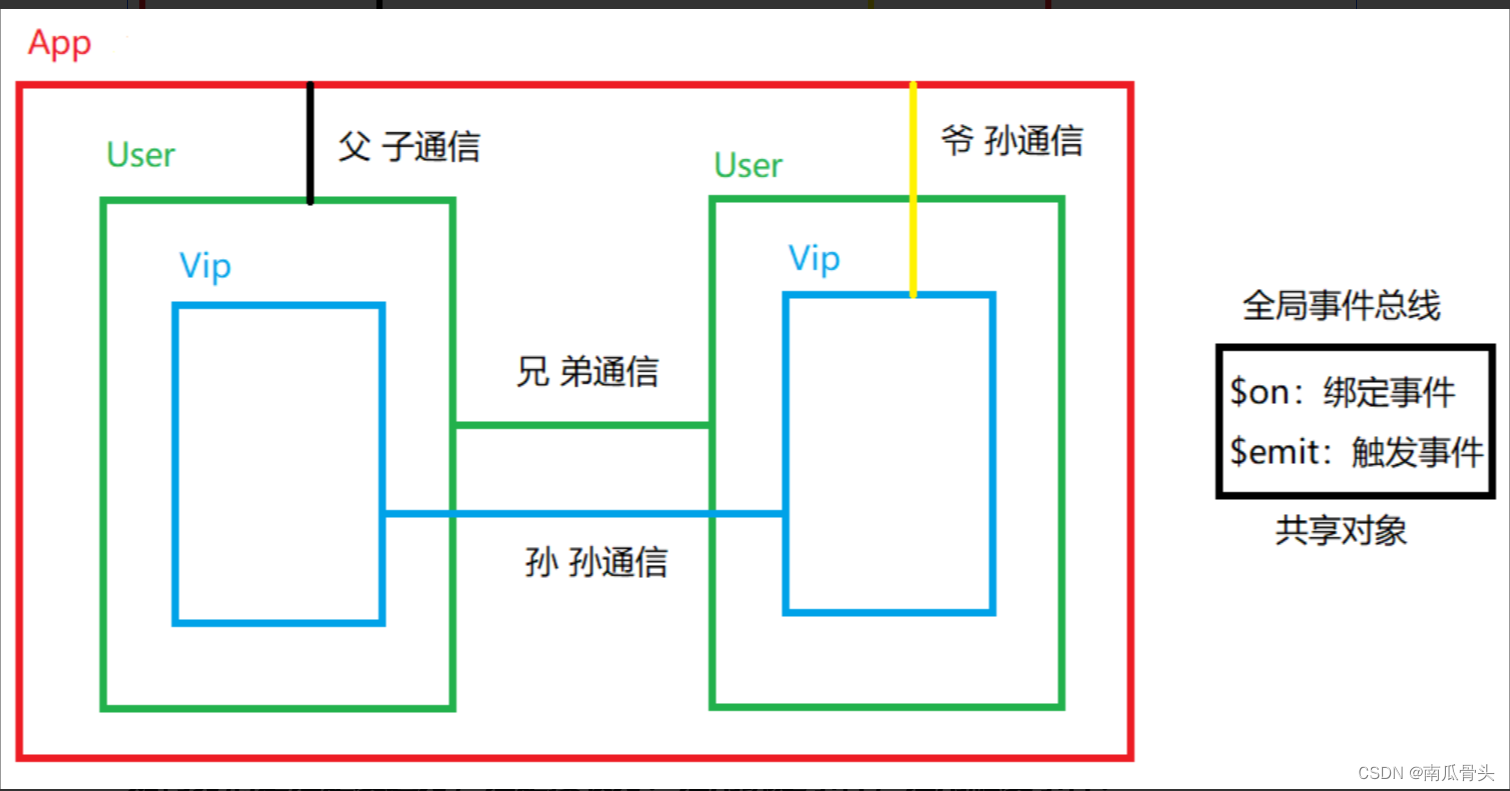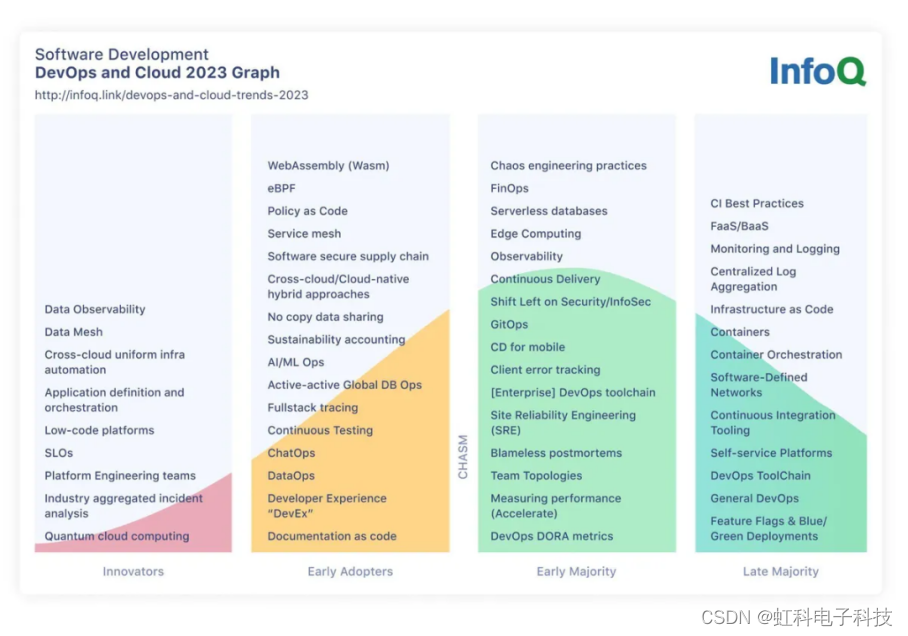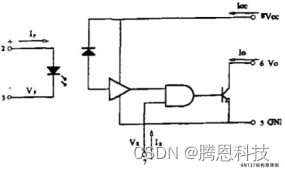什么是JSONModel
JSONModel是一个解析JSON数据的开源库,可以将JSON数据直接解析成自定义的model
使用 JSONModel 非常简单,只需要将你的 model 类继承自 JSONModel ,而同时 model 中的属性名又恰巧可以和 JSON 数据中的 key 名字一样的话,那么非常恭喜你,你的工作已经完成90%。
JSONModel 不只使用非常方便而且还会帮你检查 JSON 数据的完整性,如果 JSON 数据不完整的话是要返回 nil 的。它还提供了基本的数据类型转换,比如服务器错将数字传成字符串的话 JSONModel 也会帮你转换成你期望的类型。
使用JSONModel之前,我们需要导入第三方库,和导入Masonry操作一样
JSONModel的简单使用
首先,我们创建一个XCode文件,并导入JSONModel类。在该文件的xcworkspace文件中进行编程。
假设我现在创建一个Model层的文件test1,然后在viewController中进行网络请求
#import "ViewController.h"
@interface ViewController ()
@end
@implementation ViewController
- (void)viewDidLoad {
[super viewDidLoad];
NSString *urlString = [[NSString alloc] init];
urlString = @"https://news-at.zhihu.com/api/4/version/ios/2.3.0";
urlString = [urlString stringByAddingPercentEncodingWithAllowedCharacters:[NSCharacterSet URLQueryAllowedCharacterSet]];
NSURL *url = [NSURL URLWithString:urlString];
NSLog(@"%@", urlString);
NSURLRequest *request = [NSURLRequest requestWithURL:url];
NSURLSession *session = [NSURLSession sharedSession];
//根据会话创建任务
NSURLSessionDataTask *dataTask = [session dataTaskWithRequest:request completionHandler:^(NSData * _Nullable data, NSURLResponse * _Nullable response, NSError * _Nullable error) {
if (error == nil) {
test1 *t = [[test1 alloc] initWithData:data error:nil];
NSLog(@"%@", t);
} else {
NSLog(@"请求失败");
}
}];
[dataTask resume];
}
@end
网络请求我们使用的URL是:https://news-at.zhihu.com/api/4/version/ios/2.3.0。我们先看看这个URL:

放在json解析器中我们可以得到以下数据:

为了使用JSONModel得到这些数据,我们要先在test1类中继承JSONModel为父类,然后声明上面数据相对应的属性。要注意的是:这里我们声明的属性名必须和json数据中对应的名字相同,比如在此例子中,为了得到“【更新内容】\r\n\r\n★ 多图有标记 流量壕忽略\r\n★ 出门前离线 没网也能看\r\n★ 喜欢请好评 不喜快吐槽\r\n★ 萌妹工程师 邮箱在下面\r\nmua@zhihu.com\r\n(一般人我们不告诉他)”这个字符串,我们就必须把存放该数据的属性命名为msg。
#import <UIKit/UIKit.h>
#import "JSONModel.h"
NS_ASSUME_NONNULL_BEGIN
@interface test1 : JSONModel
@property (nonatomic, assign) int stauts;
@property (nonatomic, strong) NSString *msg;
@property (nonatomic, strong) NSString *latest;
@end
NS_ASSUME_NONNULL_END
在实现文件中:
#import "test1.h"
@implementation test1
//作用是不想因为服务器的某个值没有返回(nil)就使程序崩溃,我们会加关键字Optional,如果不想每一个属性都添加,我们也可以在.m文件中重写方法
+ (BOOL) propertyIsOptional:(NSString *)propertyName {
return YES;
}
@end
接下来我们得到结果:

JSONModel的嵌套
在上面的那一种方法中,我们获取的json数据内容比较简单,解析后发现它只有一个字典。但是在实际的应用中,我们经常会使用由很多数组再嵌套很多字典的json数据,如下所示:

那按照上面的方法,我们就要再新开很多个文件去使用JSONModel获得数据吗?在这时,我们通常会选择把每一个嵌套写成一个类,但是不是分成很多个文件,而是都写在一个文件中
在这里我们再新建一个类,名叫QianTaoJSONModel,在该类中,我们首先声明网络请求中要接收数据的两个协议。需要注意,这些协议里面都没有约定任何方法,它们也不会用来实现的,其作为属性的一种标记,例如将属性添加StoriesModel协议,则JSONModel不会对这个属性进行解析、使用这种方式来进行本地数据的管理.
//声明网络请求中要接受数据的两个协议
//这里用AModel接收stories数组的数据
@protocol AModel
@end
//用BModel接收top_stories数组的数据
@protocol BModel
@end
#import <UIKit/UIKit.h>
#import "JSONModel.h"
NS_ASSUME_NONNULL_BEGIN
//同样的,在这里我们定义的属性名也要和json数据中的名字相同
@interface QianTaoJSONModel : JSONModel
@property (nonatomic, copy) NSString *date;
@property (nonatomic, copy) NSArray<AModel>* stories;
@property (nonatomic, copy) NSArray<BModel>* top_stories;
@end
@interface AModel : JSONModel
@property (nonatomic, copy) NSString *image_hue;
@property (nonatomic, copy) NSString *title;
@property (nonatomic, copy) NSString *url;
@property (nonatomic, copy) NSString *hint;
@property (nonatomic, assign) int type;
@property (nonatomic, copy) NSString *id;
@property (nonatomic, copy) NSString *ga_prefix;
@end
@interface BModel : JSONModel
@property (nonatomic, copy) NSString *image_hue;
@property (nonatomic, copy) NSString *title;
@property (nonatomic, copy) NSString *url;
@property (nonatomic, copy) NSString *hint;
@property (nonatomic, assign) int type;
@property (nonatomic, copy) NSString *id;
@property (nonatomic, copy) NSString *ga_prefix;
@end
NS_ASSUME_NONNULL_END
同样的,在该文件的实现部分也需要重写propertyIsOptional方法:
#import "QianTaoJSONModel.h"
@implementation QianTaoJSONModel
+(BOOL)propertyIsOptional:(NSString *)propertyName {
return YES;
}
@end
@implementation AModel
+(BOOL)propertyIsOptional:(NSString *)propertyName {
return YES;
}
@end
@implementation BModel
+(BOOL)propertyIsOptional:(NSString *)propertyName {
return YES;
}
@end
在viewController中,我们将网络请求部分的输出改为stories数组的第一个元素:
#import "ViewController.h"
@interface ViewController ()
@end
@implementation ViewController
- (void)viewDidLoad {
[super viewDidLoad];
NSString *urlString = [[NSString alloc] init];
urlString = @"https://news-at.zhihu.com/api/4/news/latest";
urlString = [urlString stringByAddingPercentEncodingWithAllowedCharacters:[NSCharacterSet URLQueryAllowedCharacterSet]];
NSURL *url = [NSURL URLWithString:urlString];
NSLog(@"%@", urlString);
NSURLRequest *request = [NSURLRequest requestWithURL:url];
NSURLSession *session = [NSURLSession sharedSession];
//根据会话创建任务
NSURLSessionDataTask *dataTask = [session dataTaskWithRequest:request completionHandler:^(NSData * _Nullable data, NSURLResponse * _Nullable response, NSError * _Nullable error) {
if (error == nil) {
QianTaoJSONModel *t = [[QianTaoJSONModel alloc] initWithData:data error:nil];
NSLog(@"%@", t.stories[0]);
} else {
NSLog(@"请求失败");
}
}];
[dataTask resume];
}
@end
运行结果:

在这里有一个问题:假设我想输出的是t的stories数组的第一个元素中的title属性,于是我决定这样调用:

或者这样调用:

但是最后却导致了运行错误,这是因为QianTaoModel是嵌套AModel,不能直接调用。我们可以再声明一下需要的被嵌套的model,然后给其赋值,就可以直接调用了
#import <UIKit/UIKit.h>
#import "test1.h"
#import "QianTaoJSONModel.h"
@interface ViewController : UIViewController
@property (nonatomic, copy) AModel *aModel;
@end
if (error == nil) {
QianTaoJSONModel *t = [[QianTaoJSONModel alloc] initWithData:data error:nil];
NSLog(@"%@", t.stories[0]);
self.aModel = t.stories[0];
NSLog(@"%@", self.aModel.title);
} else {

